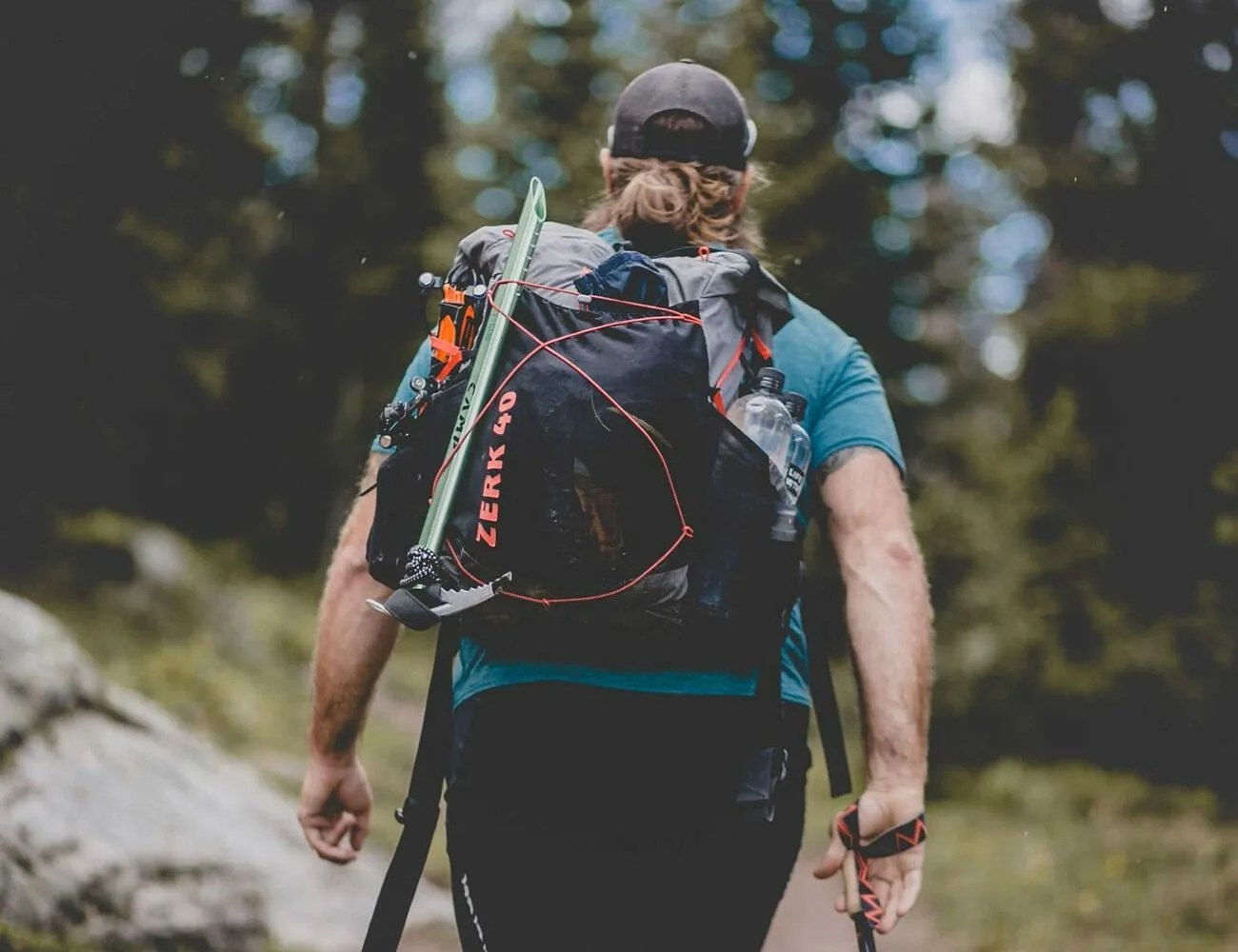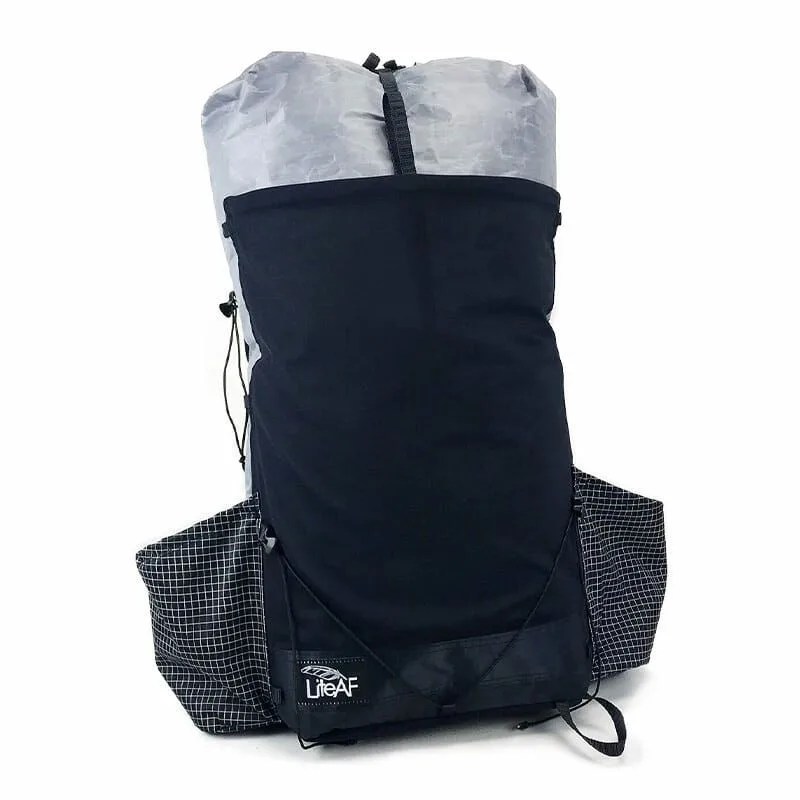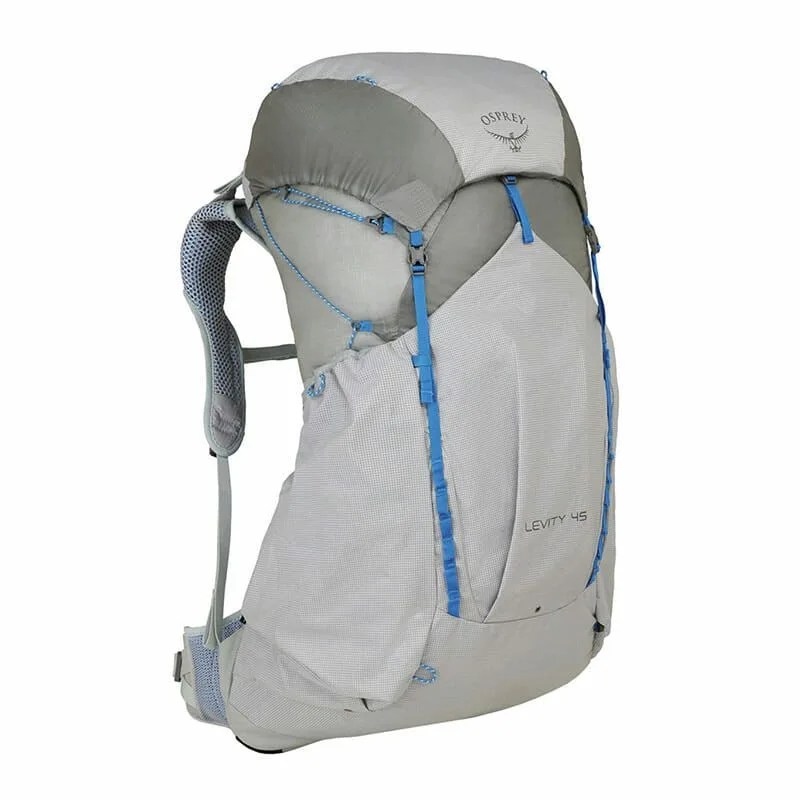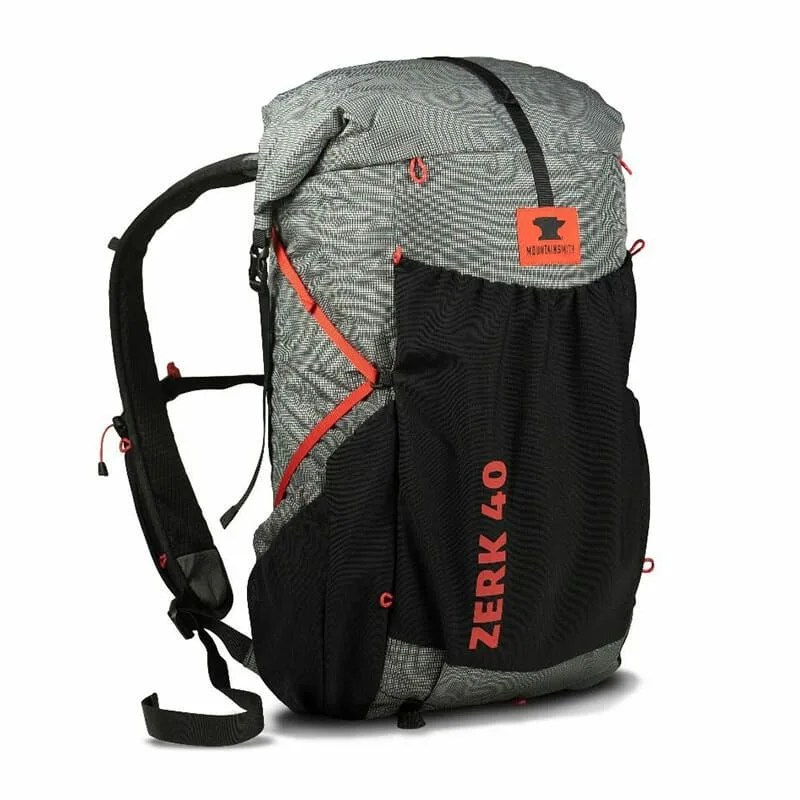When Michael and Melanie Tilton go into the wilderness, they each carry a backpack with a base weight of around seven pounds. That single-digit figure includes all of their gear — from sleeping necessities to clothing — but not consumables like water, fuel and food. It also lands them squarely in a weight-defined category called “ultralight.” A traditionally diehard set existing on the fringes of hiking culture, ultralighters are hikers who carry a base weight under 10 pounds, compared to more typical backpackers who might lug 20 pounds and up, plus consumables, into the wilderness.
“I’ve never been in a position where I needed something that I didn’t have,” Melanie says. “I think that ultralight backpacking makes you think about what you can live without or makes you do without certain things. You adapt.” One example of that mindset is the couple’s tendency to forgo what most folks view as backpacking necessities, like a stove, so they can stay light and hike big miles.
Michael explains further that huffing less weight puts less strain on the body, too. “It’s simply better from a health perspective, and for enjoyment,” he says.
Last year, the couple completed the Triple Crown — hiking the Pacific Crest Trail, Continental Divide Trail and Appalachian Trail — in a single calendar year for a total of almost 8,000 miles of walking. After stumbling upon the Instagram account for LiteAF, an ultralight gear company that was just emerging at the time, Michael reached out, and ended up carring a prototype backpack on parts of the CDT and AT.
“We were the first people to actually pay Chris Millard, the founder, for a pack,” Michael says. “After we used his pack from Rawlings, Wyoming, to the end of the CDT, there were some things we didn’t like before we got onto the AT.” The Tiltons sent Millard an email, letting him know what could be changed. Millard went back to the drawing board, and among other modifications, he altered the foam inside the shoulder straps and removed a V-strap from them.
With the altered bags in their hands, the Tiltons wrapped up their AT hike. “The backpack was perfect,” Michael says, adding that they’ll tote the same bags on future long-distance hiking trips — an affirmation of the durability of Millard’s design.
That pack, now called the Curve, is available in four different sizes and is part of LiteAF’s growing arsenal of gear that includes fanny packs and soon, shelters. Millard, a former project manager in the construction industry who makes everything by hand in Vincentown, New Jersey, recently added an updated style of the Curve called the Fast-Track. It’s designed specifically with thru-hikers in mind, weighing only one pound yet boasting up to 45 liters of space.





